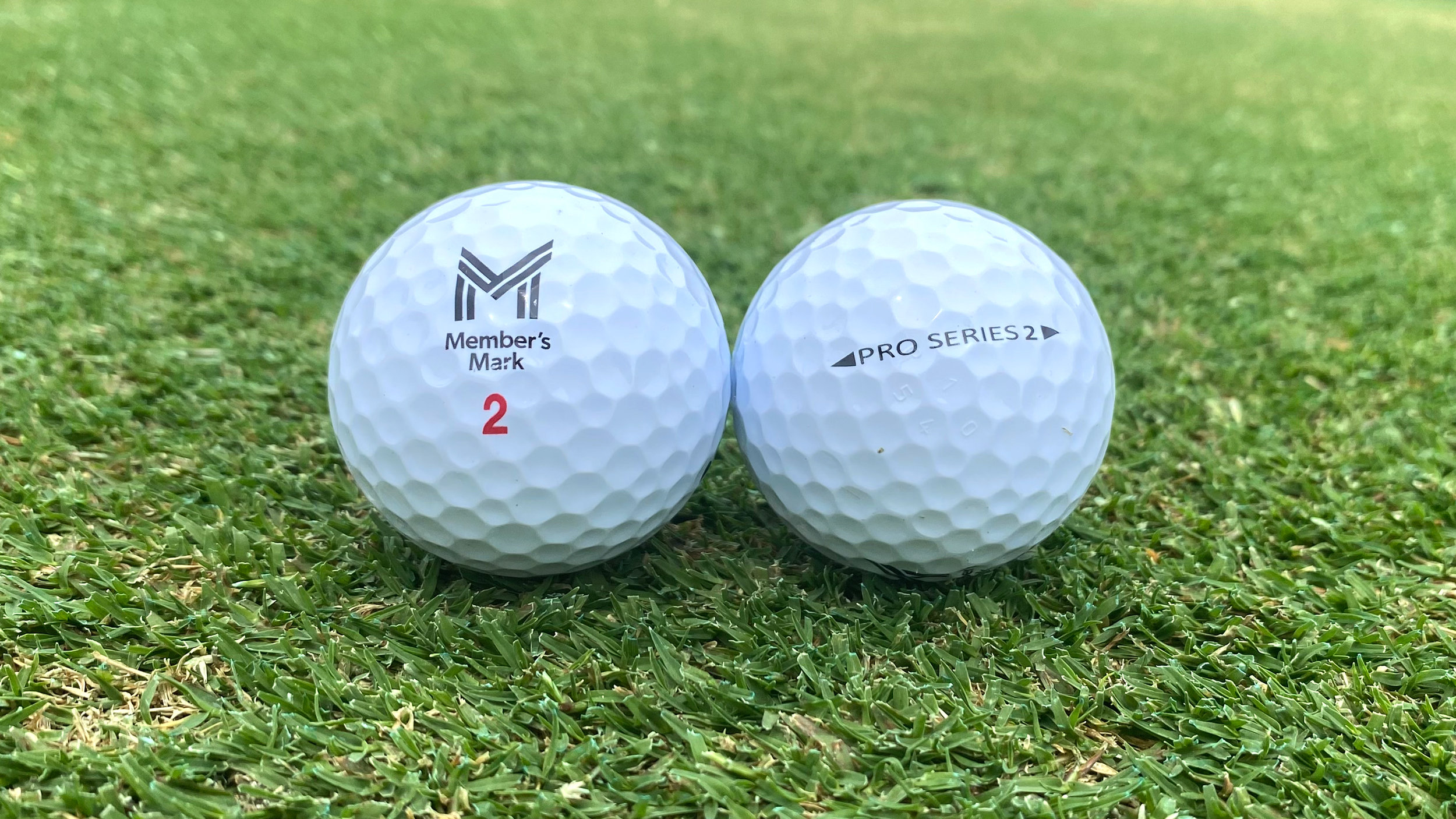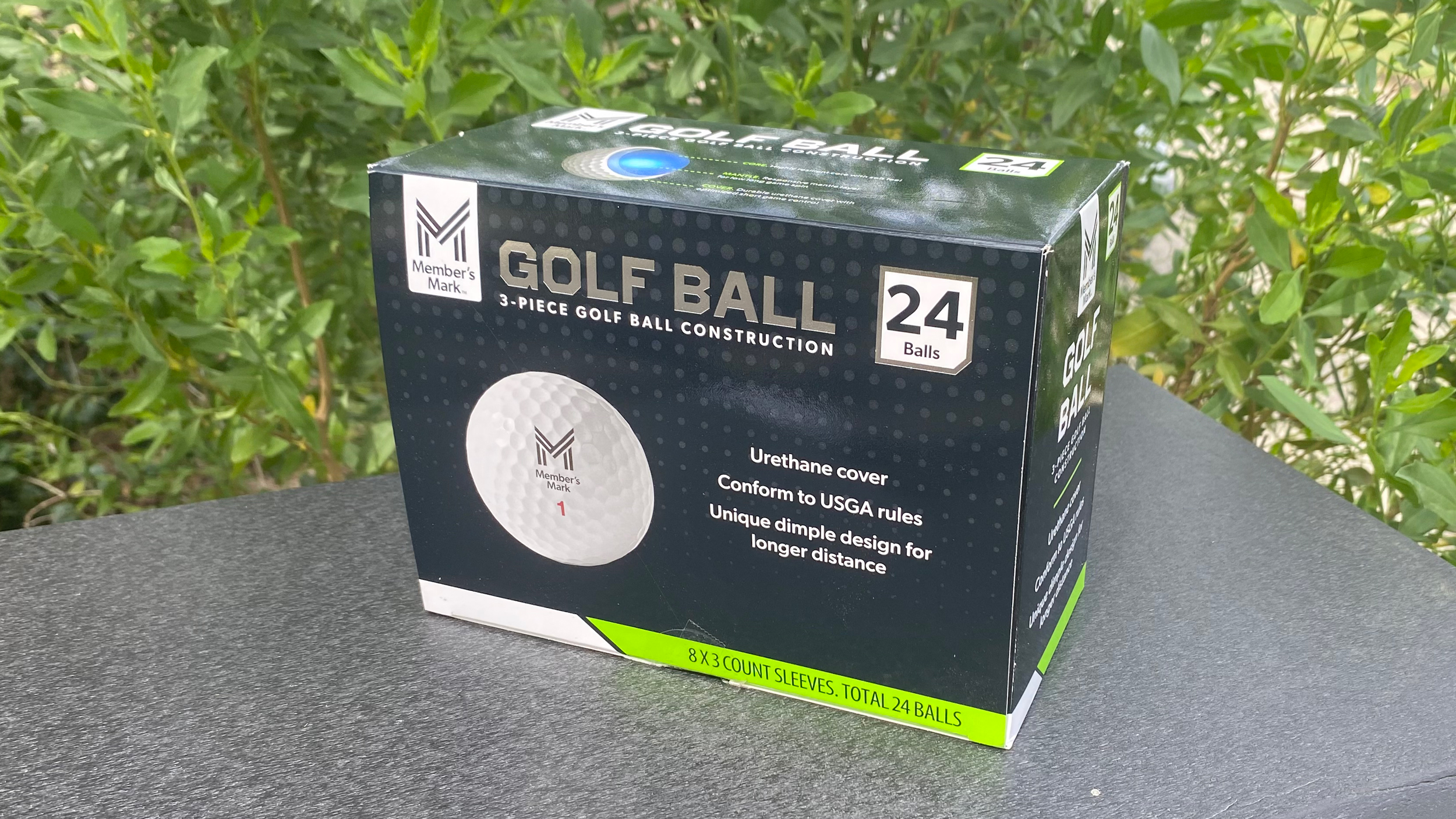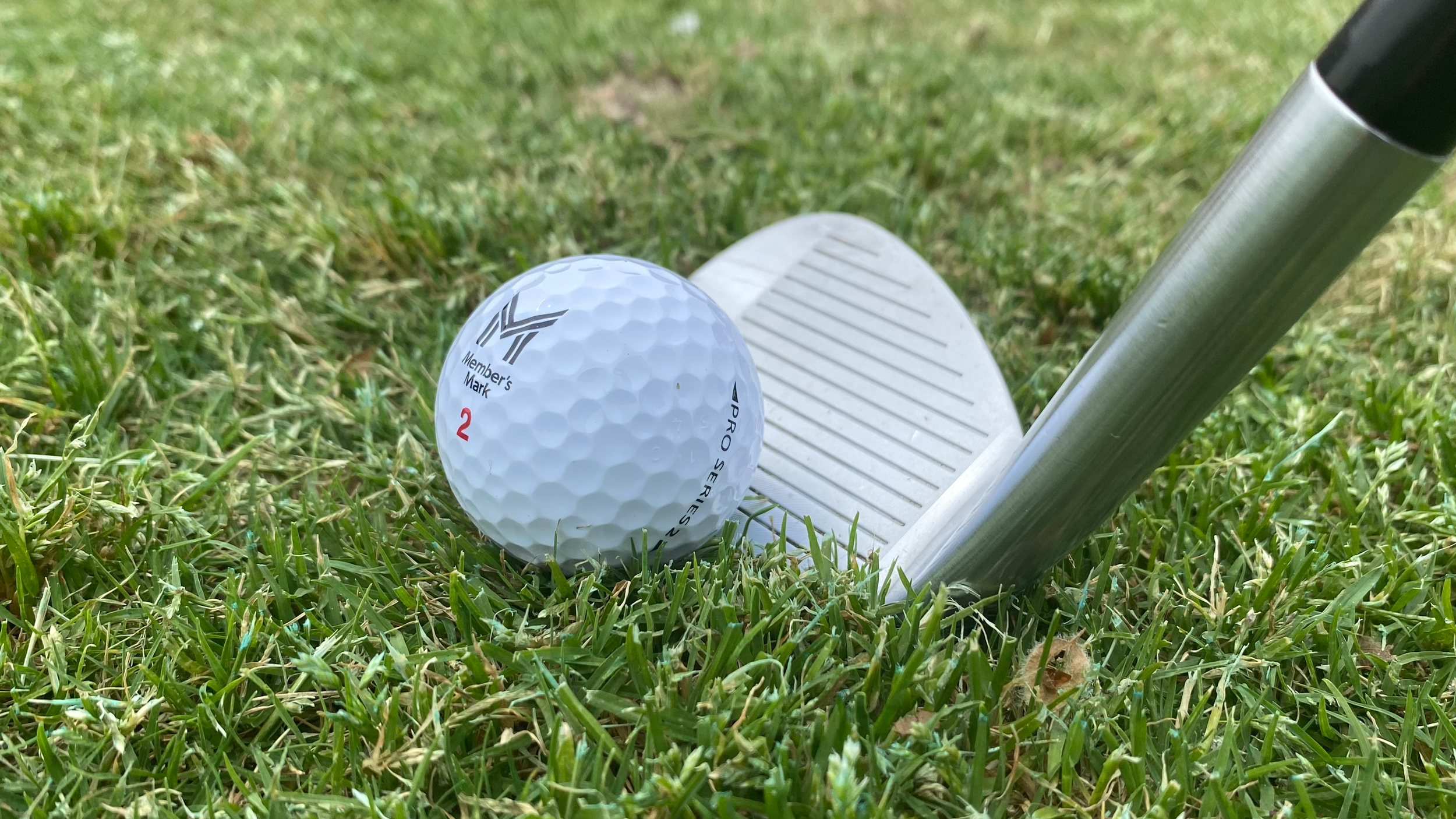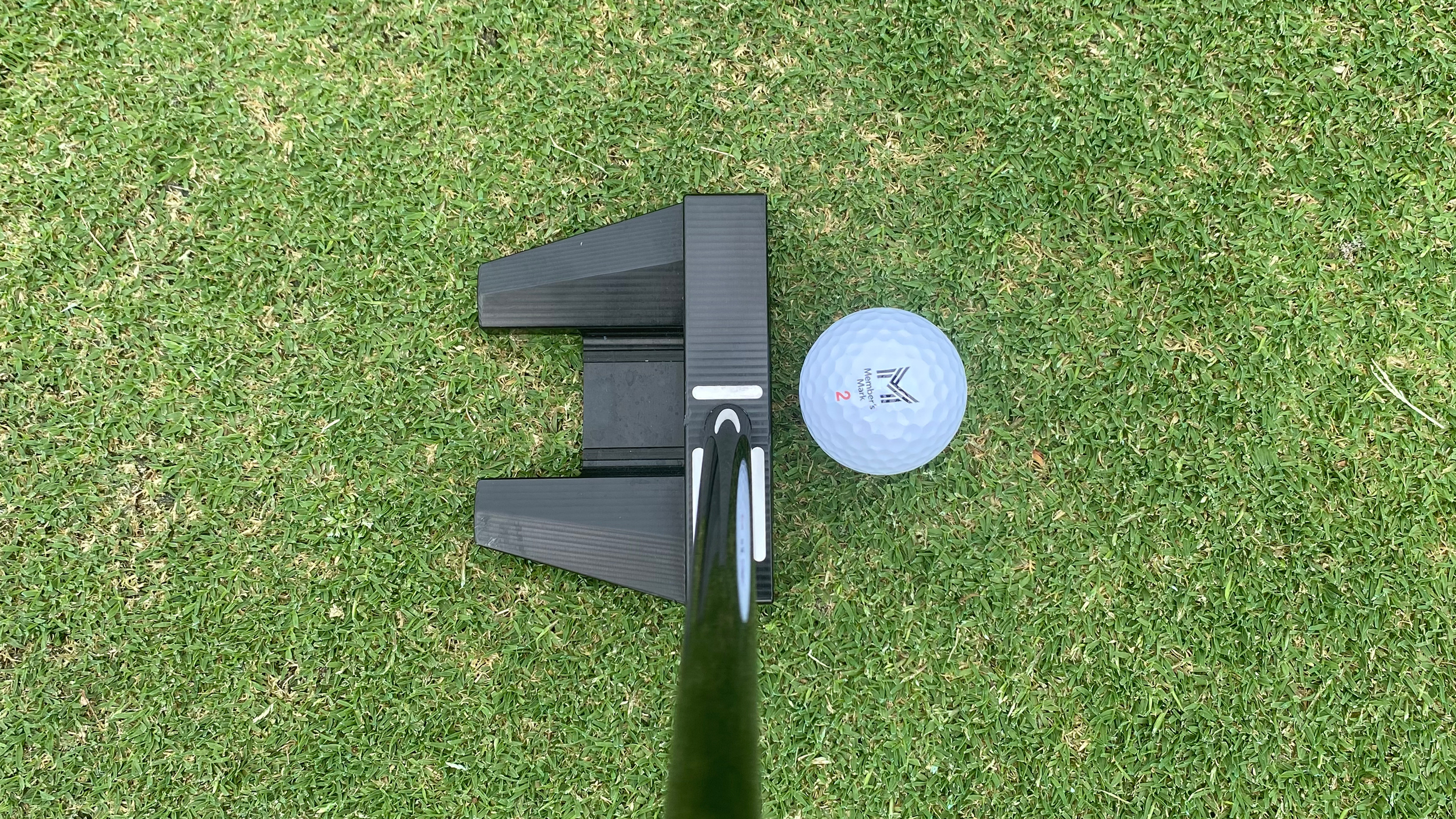
The natural comparison when evaluating the new Member’s Mark golf ball from Sam’s Club is how it stacks up to the Kirkland Signature ball from Costco. So when I got my samples of the Member’s Mark Pro Series 2 golf balls and started playing them, I immediately went back to my experiences with the Kirkland, when I reviewed it in 2023.
After all, both of these balls are three-piece balls with urethane covers that sell for just a little over a dollar a ball. That’s basically a fourth of what pro line balls like the Titleist Pro V1 or Callaway Chrome Tour sells for, so it has a good chance to be among the best value golf balls. And no, these balls are probably not on that level, but can most recreational players really tell the difference?
So like the Kirkland Signature ball, I immediately asked myself this question after playing a round with them. Could I play this ball every day? And the answer to that as an 8 handicap is sure, why not? I never felt like at any time the performance of this ball let me down or that it was to blame for any shots that didn’t end up where I expected them to. So let’s get that out of the way first. It’s a pretty good golf ball that will hold greens, provide some grab around the greens on short game shots, feels good off the putter, and seems to go plenty far.

And yes, that’s basically the way I saw the Costco ball, too, except most agree that the Kirkland is a bit on the spinny side for players with high swing speeds or golfers who tend to slice the ball. That, and the distance these balls seem to go, might be where I felt the difference. The Member’s Mark ball seemed a little bit firmer, and perhaps just a little longer off the tee. But since I couldn’t use a robot, this is pretty much anecdotal. The bottom line is the ball performed well for my game, where I can get a decent amount of spin on approaches and peg 100 mph every once in a while with a driver.
But let’s look a little more into the construction of the Member’s Mark golf ball, which is available (in white only) at most members-only Sam’s Club stores and online ($27.98 for a 24-ball pack).
According to Robert Parvis, senior director and merchant of sporting goods for Sam’s Club, the Member’s Mark ball, which has a large core and thin cover, has a compression of 90. That number would be similar to the Titleist Pro V1, for example, but less, supposedly, than the Kirkland Signature Ball, which I’ve seen reported on in the mid 90s range.

Still, the Member’s Mark ball seemed firmer to me, but that might be because of the sound it makes upon contact. It definitely has a little bit harsher sound than the best premium golf balls.
What struck me, however, is how far the Member’s Mark ball seemed to go, both off the tee and with the irons. Although I didn’t play a lot of rounds with the Member’s Mark ball, it never came up short on any reasonably struck shot with an iron, and when I squared up the driver, I was surprised by where I wound up. It seemed to be as far as any premium golf ball I’ve used in the past, and was definitely longer than the Kirkland ball for me.
Of course, that’s my experience at my swing speed. How it would fare for slower swing speeds and very fast swing speeds is impossible for me to tell. But my conclusion just from playing with this ball was that it was plenty long.

It also seemed to launch plenty high for me with my irons and produce more than adequate spin on all shots, including short pitches.
“We designed the golf ball to have a mid-low driver spin to maximize performance off the tee but to also have appropriately high wedge spin for performance around the green,” Parvis told me after I had a chance to play with the Member’s Mark ball. “These characteristics you saw in your trial are backed up by our internal testing.”
Around the greens, the Member’s Mark ball seemed pretty capable. Around the greens with a 56-degree wedge, it did check up fairly quickly. The same was true out of the bunkers (I use a lob wedge on greenside bunker shots). I didn’t feel like it quite performed as good as some of the tour level balls, but again, it’s a quarter of the price. I would say around the greens it was very comparable to the Kirkland ball. And it certainly seemed like a step up from any of the ionomer covered distance golf balls on the market.
Speaking of the cover it comprises 338 dimples with seven different dimple shapes.
As for putting, I tried out several different proline balls with the putter, and the Member’s Mark had a feel that was pretty comparable – no better, and certainly no worse.
I guess my only complaint about this ball is its appearance. The logo and numbering seem very plain. I’m not sure what I would have wanted in that regard, but when you look at a Titleist, Callaway, or even a TaylorMade performance ball, they just look more premium. And I’m a big fan of having alignment marks (love Callaway’s Triple Track, especially for putting) on the ball, which in the case of the Member’s Mark is just the “Pro Series 2” marking.
Finally, speaking of Pro Series 2, you might be asking, “Was there a Pro Series 1? The answer is sort of no and yes.
“Designing and sourcing a golf ball takes a ton of work,” Parvis said, “and sometimes we have to make changes as we go through the process. You can see on the USGA website that a Pro Series and a Pro Series 2 were both certified as compliant, with almost 12 months in between. However, the original Pro Series was never sold in the market.”







